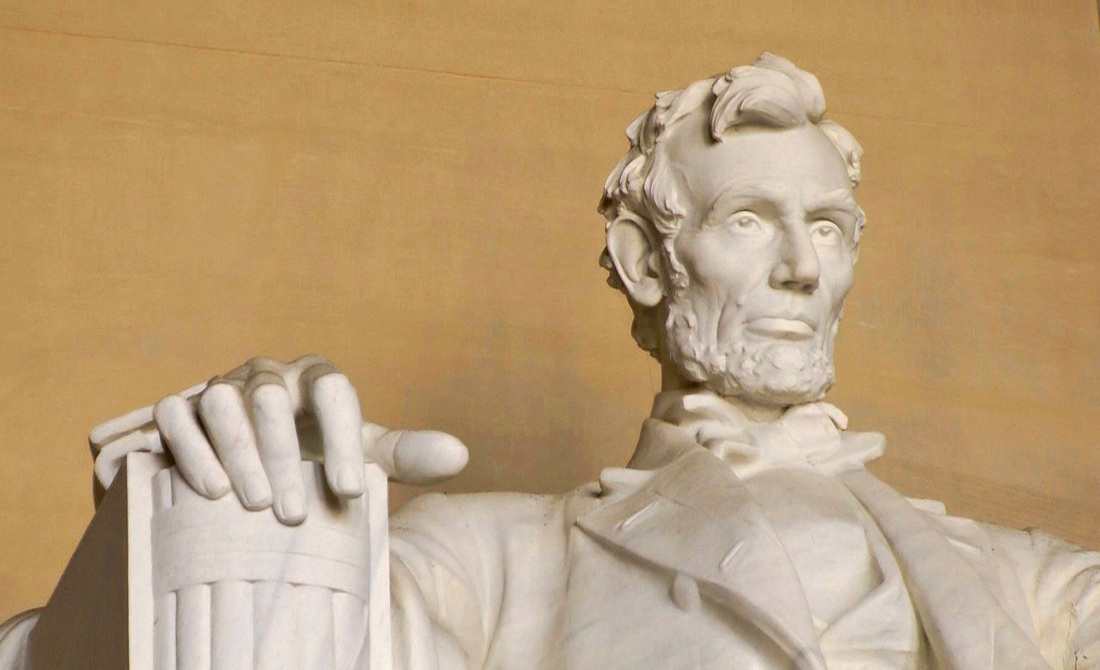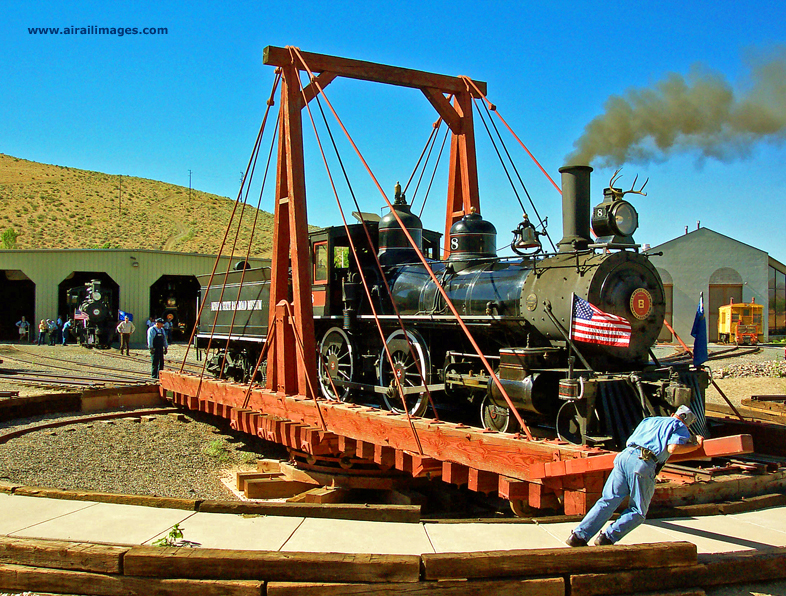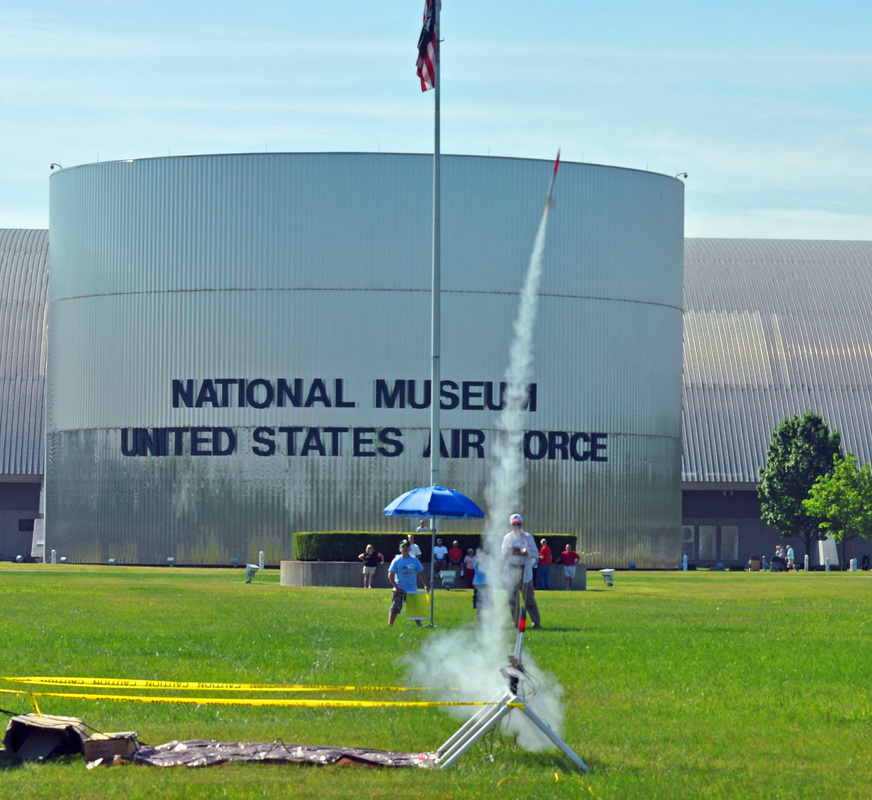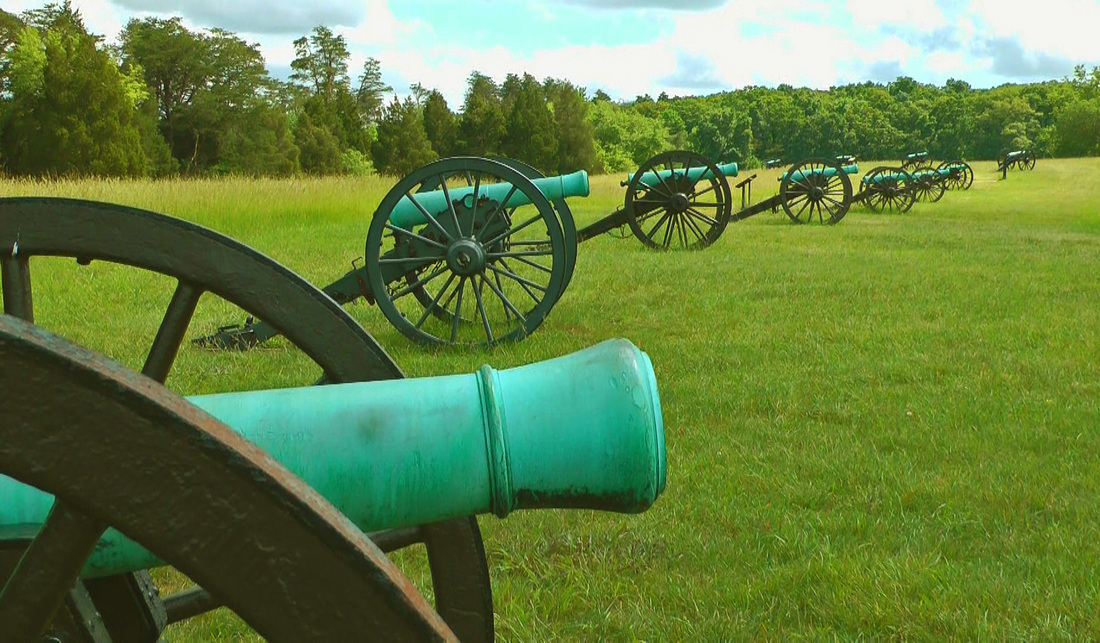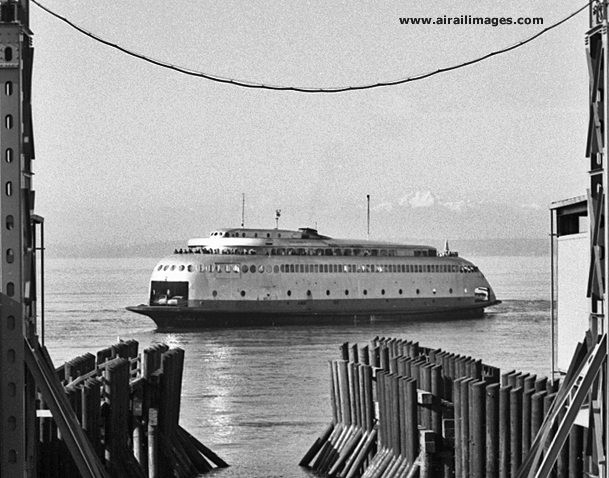SITE SEARCHWORTH A THOUSAND________________________
|
Welcome to the world of museums Whether you are a museum visitor, volunteer, or professional, the appreciation of the value of museums runs deep. At Museumerica.com we share that feeling. Museums preserve astounding icons of the past and of today in their collections, giving millions of visitors a moving, connecting experience that only comes from being in the presence of actual, three-dimensional history.
Museums teach while they entertain. They ground us to our past while inspiring us to leap into our future. We hope you will join us as we explore historical museums and natural sites that illuminate the world in which we live. Along the way, we may find some tips and lively discussions for museum visitors and professionals alike. We believe you will enjoy our mix of stories, images and videos highlighting a wide range of museum experiences and museum topics. Don't just take our word for it! Museumerica.com appreciates the vast body of museum knowledge available, and we will share tips and sources that may make us all better prepared as museum visitors, volunteers, and professionals. This stuff is fun if we let it be. Sure, museum staff have high obligations to their collections and to ensuring a positive visitor experience. But through it all, we perceive a joy in visiting, a joy in doing. We're here to promote a good time in museums. We will highlight other sites and museums in an effort to share the fun and knowledge. We encourage you to follow up with other museum- and preservation-related sites to learn what's out there.
What defines a museum?By Frederick A. Johnsen
A succinct definition of what constitutes a museum is as elusive as the end of the rainbow, and may never get universal buy-in. Some museum professionals note with a sigh that “anyone who has ever visited a museum thinks they know how to run a museum”. The word, “museum” is bandied casually to conjure everything from a private individual’s collection of arcane stuff that is seldom seen by the public, all the way up to the methodical and wonderfully focused collections and themes of major institutions like the Smithsonian complex. For decades, museum professionals have delved into ways to harness technology and entertainment in an effort to engage the interest and participation of diverse audiences. Although static collections of interpreted artifacts are still central to a museum's rationale, the modern museum offers more -- classroom experiments, museum sleepovers, flight simulators, special events, distance-learning, living history re-enactments, or other participatory opportunities for visitors. Perhaps the best arbiter of the definition of “museum” is museologist G. Ellis Burcaw. He wrote the book, literally, that defines museums, and informs museum professionals. His Introduction to Museum Work (AltaMira Press, an American Association for State and Local History Series Book) is a thoughtful guide that threads its way through pitfalls and pinnacles of museum experiences. Burcaw’s observations steer the reader to a greater understanding of the obligations and the opportunities museums can offer society. His conclusions can alternately confirm and challenge the reader’s preconceived notions. It’s an outstanding read not only for museum professionals, but for dedicated museum visitors, supporting board members, and volunteer docents as well. Burcaw, and others in the museum profession, argue that to be a genuine museum requires a deliberate and disciplined collection of material items that can be used to impart educational, entertainment, and emotional value to visitors. Furthermore, that collection and its physical environment need to be enshrined and endowed in perpetuity. If we’re not in it for the long haul, we’re not really a museum. While some museums, particularly of national or international significance, may aspire to preserve one-of-everything in a particular discipline, the professional staffs of most smaller museums know they can never afford to have, or care for, “everything”. Hence, museum directors and curators become masters of using well-placed iconic examples to tell their stories, and they don’t lose sleep over not having all 231 variations of sturmstrudel speed blimps when they have just one that can tell the story admirably. A good museum has a succinct theme and story line that informs its collection policy and keeps it disciplined. Benefits are two-fold: the public gets a coherent presentation free from extraneous and confusing clutter, and the always cash-strapped museum doesn’t obligate itself to the perpetual care of items it doesn’t need. If this article piques your interest, please consider reading Ellis Burcaw’s eloquent book. And enjoy your next visit to a museum with a new set of expectations and understanding. (End) JANUARY 25, 2015
Scrapping historic Washington ferry Kalakala
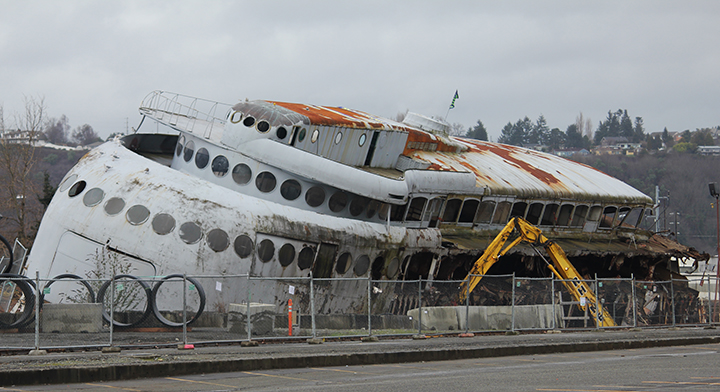
The famous art-deco streamlined ferry Kalakala is to be demolished near Tacoma, Washington, as seen in this January 24, 2015 photo. Kalakala plied the waters of Puget Sound from 1935 to 1967 as a ferry before moving to Alaska as a cannery after retirement from ferry duty. (Photo by Kenneth G. Johnsen)
The historic art-deco streamlined ferry Kalakala was scrapped near Tacoma, Washington after many years of efforts to restore and preserve the boat did not achieve that goal.
Once known for moonlight cruises with a live dance band in the 1930s after its daytime ferry runs to Bremerton, the futuristically rounded Kalakala could still be seen shuttling across Puget Sound as late as 1967. The Kalakala's fate shows how fragile the net for historic preservation can be. Many people made ongoing efforts to save the Kalakala, including providing low-cost moorage near Tacoma for years, but it has been said restoration could have cost $25 million. ______________________________________We Use Cotton Carrier Camera HolstersCotton Carrier makes a growing line of camera carry and support systems that we find useful in minimizing the weight of carrying heavy cameras and lenses for hours. We purchased the Cotton Carrier Wanderer Side Holster. It fits over many belts; we use it with a GI-style web belt. The holster uses Cotton Carrier's patented quick twist lock system to keep a camera holstered, yet quickly available. We also use Cotton Carrier's long safety strap to protect the camera from dropping to the ground in case we miss the holster. The safety strap is loose and adjustable so it does not impose the camera's weight like a neck strap would. As an affiliate with Cotton Carrier, we receive a portion of sales revenue when you purchase through the link by clicking HERE.
Cotton Carrier offers a customer discount coupon by clicking HERE. In Checkout, look for a MUSEUMERICA discount coupon
|
____________________________________________________________________
Articles and materials presented on this website are intended for entertainment and to promote further research by interested visitors. Get professional opinions from museum specialists in your area before undertaking any museum projects.

